Surviving in winter - these tips are important in the cold
Winter weather and freezing temperatures present great challenges in survival. To avoid unnecessary risks, you must carefully plan ahead of time.
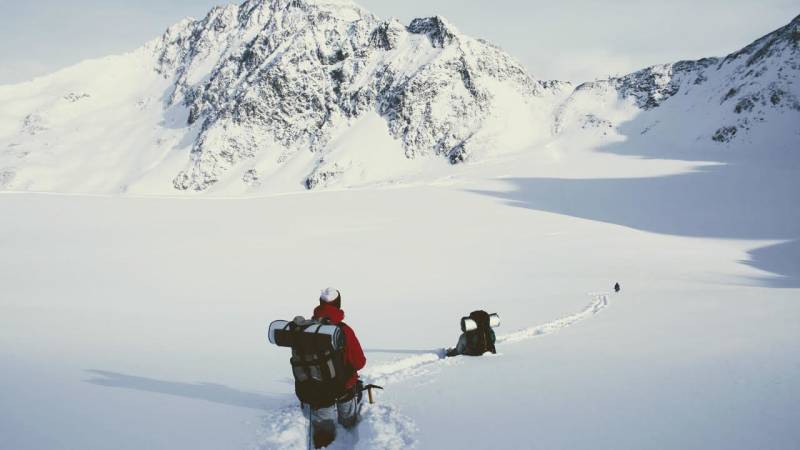

From Martin Gebhardt. Check out my “About me” page.
👉 The key facts from this guide
- To keep warm in winter, it is important to dress in layers, stay active, and cover your head. In addition, you should ensure sufficient energy supply.
- Building a shelter is a top priority in cold weather. A good shelter keeps wind and moisture out and allows for warming up. Snow makes an excellent insulator and forms an excellent outer layer for a shelter.
- Fire is essential in a cold weather survival scenario to stay warm and melt snow. This provides almost unlimited water supply, and boiling snow water kills disease-causing bacteria.
- The two biggest medical problems that can occur during winter survival are hypothermia and frostbite. Both are very dangerous and must always be kept in mind. Therefore, it is essential to know the symptoms and immediate actions to take.
- Cold weather survival poses many dangers. However, with proper planning and carefully selected cold weather survival equipment, the chances of success can be greatly increased. Experience plays a big role in winter survival.
Bad winter weather and cold temperatures pose great challenges for survival.
To avoid unnecessary risks, it is important to carefully plan ahead.
With the following tips, you can prepare yourself for survival in the cold.
Staying warm in winter
A combination of shorter days, strong winds, lower temperatures, and ice and snow promotes rapid cooling of your body.
It has to work harder and burn more calories to keep you warm.
Therefore, one of the most important tasks in cold weather survival is to pay attention to body temperature.
Dressing in layers
This is the best way to regulate body temperature in cold weather.
Multiple layers are better than a thick one, as the air warmed by the body forms insulation between the layers against the cold.
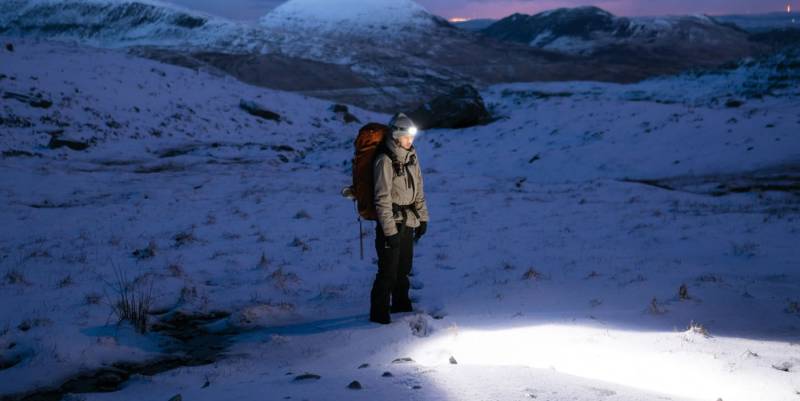
Three to five layers are recommended for most adults. The first layer should be made of moisture-wicking material to take sweat away from the skin.
The outer layer should always be wind- and waterproof to minimize heat exchange and keep moisture out.
Layers are also great for temperature regulation as you can put on or take off clothes as needed to avoid sweating or freezing.
Also read
The Ultimate Guide: What Clothing to Wear for Survival Training and When Bushcrafting? – The right clothing can make the difference between life and death in survival situations. In this guide, we look at what you should wear outdoors.
Keeping Mobile
When you move, your heart rate stays high and warm blood circulates to your extremities.
However, you should make sure to maintain a moderate pace and not overexert yourself.
When you are sweating, the moisture cools your body. Take off clothing if you get too warm. Slow down your pace or take regular breaks to avoid exerting yourself too quickly.
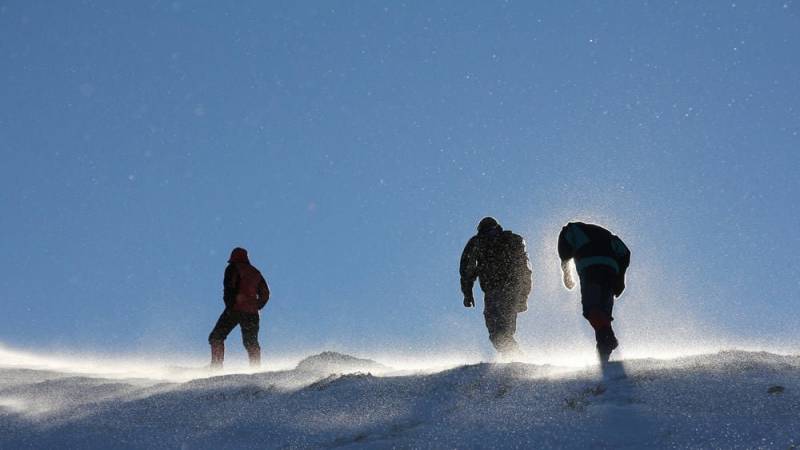
Cover your head
Up to 90% of body heat is lost through the head.
A hat not only prevents this, but also protects your ears from frostbite. You can also easily take it off if you get too hot.
Reading tip: Sleeping outside in winter - with these proven tips it will work for sure
Ensure a supply of energy
Since you burn a lot of energy through activity during winter survival, and to maintain your body temperature, you need to consume additional calories and more fluids.
It is important to pack extra calorie-rich rations. These can be nuts, cereal bars, power bars, or energy gels, for example.
Isotonic drink powder, mixed in water or melted snow, provides the body with more fluid than water alone.
For more information, take a look at my article "Survival Basics: What food to take into the wilderness?".

Building a Shelter
Building a shelter is of utmost priority during cold weather.
👉 Read my complete guide to winter accommodation here
A good shelter keeps wind and moisture out and allows you to warm up.
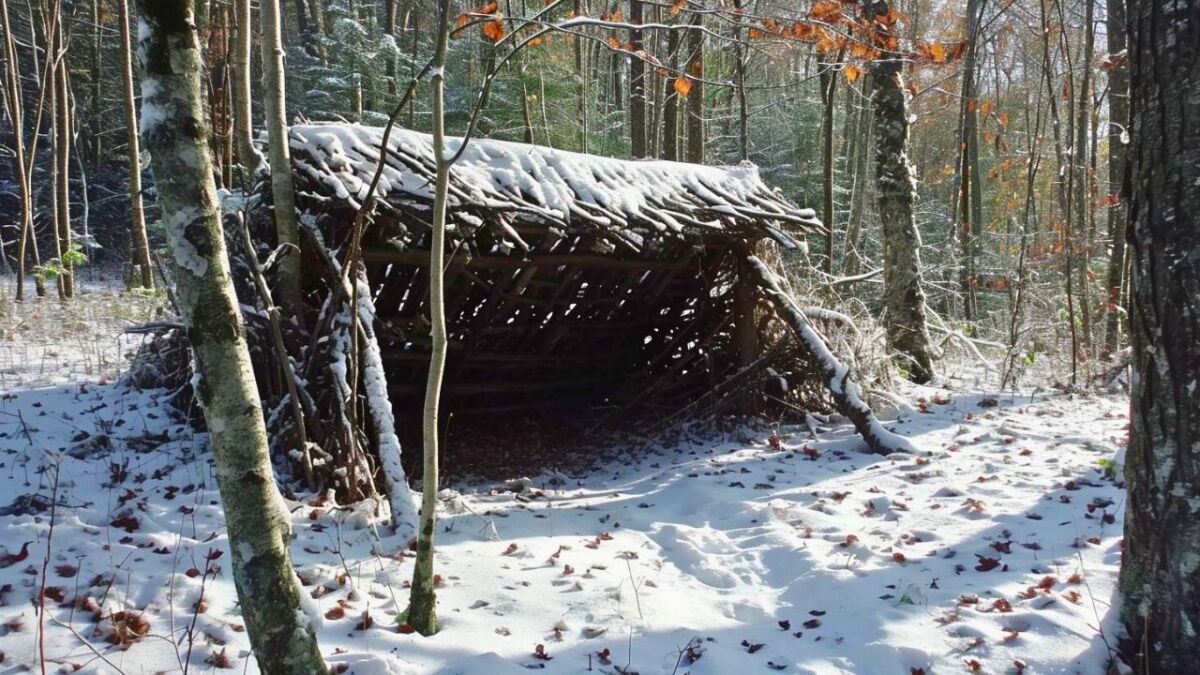
Surviving in cold weather presents some additional challenges and advantages when it comes to building a shelter.
The easiest way to build is to use a snow cave. Snow is an excellent insulator and makes for an excellent outer layer for shelter.
A blanket or tarp makes a good insulator for the ground. This gives you extra protection against cold and moisture.
If you want to make a fire in the snow cave, be sure to incorporate a ventilation hole to prevent suffocation.
In general, I recommend that you make your fire outside the snow cave.
Recommended reading: 7 dangers of snow caves and how to avoid them
How to Make a Fire
Fire is essential in a survival scenario in cold weather for two reasons.
Firstly, to keep you warm. This may seem obvious, but its importance cannot be overstated. Having a fire will boost your morale and keep the fear of freezing at bay.
Secondly, to melt snow. This will provide you with an almost unlimited water supply and boiling snow water kills off pathogens.
When gathering firewood in winter, it's better to choose branches that are not covered in snow as the moisture in the wood will make burning difficult. Look for dead branches in the lower parts of trees.
And because "fire in winter" is such an essential topic, I have put all my knowledge about it into the comprehensive guide "How to Build and Ignite a Fire in the Snow – The Complete Guide".
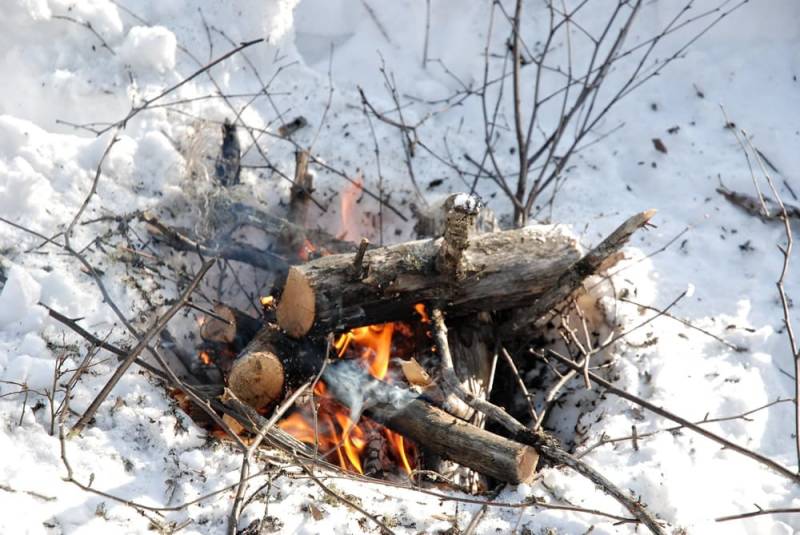
As there are many ways to build a fire, I have also written an e-book on the topic. In this e-book, I show you detailed pictures and you can find different types of fires depending on their purpose: fires for warmth, a night fire, or fires for cooking.
Also read
Can You Really Eat Snow in Survival Situations? – Snow is like water, but can you eat snow when you're in a survival situation? And if so, you'll learn here what you need to consider.
Cold Weather First Aid
The two biggest medical problems that can occur during winter survival are hypothermia (undercooling) and frostbite.
Both are very dangerous and must always be kept in mind. Therefore, it is important to know the symptoms and immediate measures.
Recognizing and Treating Hypothermia
Hypothermia is a condition in which the body temperature falls below the ability to self-regulate.
This typically begins when the core temperature drops below 35 degrees Celsius. Immediate action must then be taken.
Symptoms of hypothermia include shivering, loss of coordination, a weak pulse, drowsiness, slowed speech, and confusion or memory loss.
The best thing to do in this case would be to call an ambulance immediately. If this is not possible or it takes a while for a doctor to arrive, it is essential to remove wet clothing.
Seek a sheltered spot, if available a shelter or fire, to prevent further heat loss.
If you are traveling with several people, the body heat of companions can also be used to keep warm.
Drinking a warm liquid also helps to raise the body temperature again.
Read also
The 7 Deadly Enemies When You're in a Survival Situation - What enemies do you need to watch out for when you're in a survival situation? Find out how to avoid these survival mistakes and survive.
Recognizing and Treating Frostbite
Frostbite occurs when a body part, usually the extremities such as an exposed ear or nose, becomes so cold that ice crystals form in the tissue.
Frostbite must be treated immediately as it leads to loss of the frozen body part.
You can recognize frostbite by a numbness in the affected area, white spots on the skin that turn black in the case of severe frostbite, and hardening of the affected area.
If possible, you should seek immediate medical help when you detect frostbite.
Move to a shelter or fire and gradually warm the affected area. You can also use warm water for this.
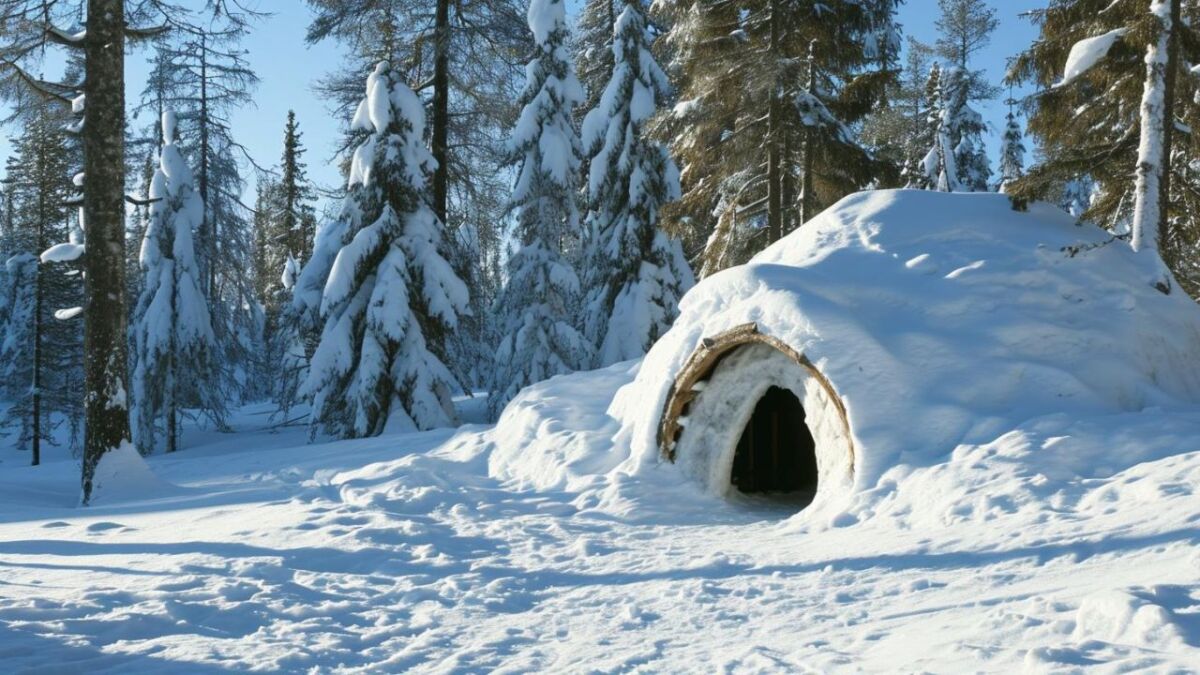
However, you must not put hot objects on the affected area. This can cause burns that you cannot feel due to the numbness.
If your toes or feet are frostbitten, do not try to walk, as this can cause additional damage. Under no circumstances should you rub the affected area to warm it up.
Summary
Surviving in cold weather poses many dangers.
With some planning and a carefully selected cold weather survival kit, you can significantly increase your chances of success.
Experience plays a big role in winter survival.
Before embarking on a big adventure, you should practice in a nearby forest or snow-covered area.
This allows you to check if your equipment is suitable and if you can make a fire and build a shelter.
These skills are also extremely valuable if you get stuck in a snowstorm in your car.
Only then is it advisable to embark on a longer tour.


Author of the guide
Martin Gebhardt
Hey, I'm Martin. On my blog, you will learn the basics and numerous details about living in the wild. I think survival, bushcraft and the good life in nature are the keys to happiness. Find me here on Instagram or on YouTube. You can find more about my mission on the About Me page.
Was this guide helpful?
23 people found this guide helpful.
4.83 out of 5 points (24 Ratings)
Comments (0)
This post may contain affiliate links. So if you click on the links and make a purchase, I will receive a small commission at no additional cost to you. Click here, to learn more about it.



